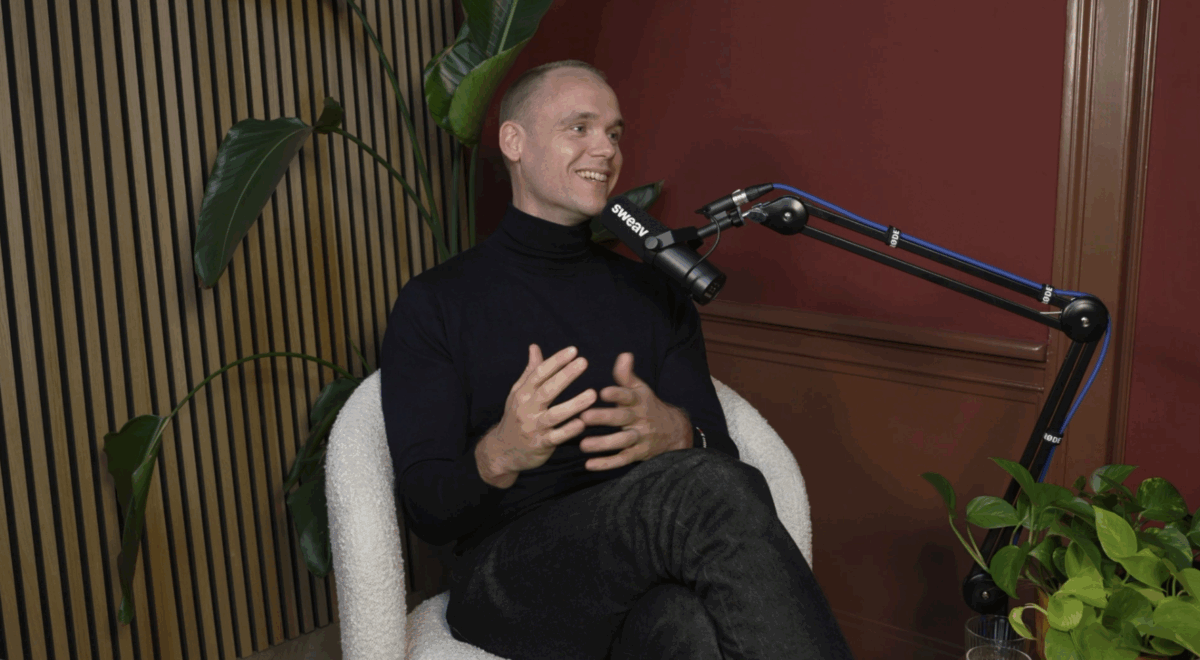


The Private Equity (PE) boom of the last decade seems to have come to a sudden slowdown. With the cost of capital going up and valuations going down, riding the wave of increasing market valuations is no longer evident. This is especially true for growth focused PE firms that acquired assets at the peak of the market, one to three years ago. That is why Value Creation is again a hot topic on the PE partner meeting agenda.
Value Creation is the art and science of boosting portfolio company value by improving value levers like pricing, (digital) operational excellence and Post Merger Integration (PMI). It’s common for PE firms to help professionalize portfolio companies on non-core staff functions like finance, legal and HR. But becoming actively involved in Value Creation on core value levers as a shareholder comes with some tough considerations.
Because if you trust the management team, why would you want to be involved at all? And if you do want to be involved, how do you organize for success?
As the trusted ‘on-demand portfolio operations team’ of many Benelux and UK-based Private Equity firms, we observe three typical ways clients organize for Value Creation. These are the options, with the pro’s and con’s of each.
Option 1: Investment team-led.
In this set-up, investment teams engage in Value Creation on an ad-hoc basis. This is common for smaller firms.
The investment team is involved in translating the 100-day plan into concrete KPI’s, targets and progress monitoring templates. But it’s up to the management to execute. Once the plans are made, the investment team goes back to their main focus of sourcing targets, closing deals and deploying capital for their LP’s. Portfolio management remains limited to tracking progress, flagging potential Value Creation opportunities to management, having a seat on the board and supporting with acquisitions.
If the portfolio company management team reaches out to the PE firm for help, the investment team has two options. Either step in temporarily themselves, or leverage their network of buy-and-build advisors, value creation experts and interim strategy managers. The benefit of this model is the lean way the PE firm operates, resulting in effective allocation of management fees and a large share of the carried interest pie for those involved. The flip side of this argument happens when the focus on closing more deals limits the focus and proactivity on Value Creation within the existing portfolio. Leaving untapped value potential at the table at the end of the ride, reducing the pie as a whole.
Option 2: ‘Operating guru’.
In this set-up one dedicated person within the PE firm is responsible for managing Value Creation across investment teams and funds. This ‘operating guru’ is often called an operating partner or director, and is mostly observed at mid-sized PE firms focussed on investing in mid-cap companies.
The operating partner monitors progress and leverages best practices across portfolio companies, and ensures management stays focused on realizing the top Value Creation priorities. This person is typically a senior generalist with consulting and executive experience at director or partner level. Yet, he or she has no dedicated ‘boots on the ground’ operations teams.
Instead of a dedicated team, the operating partner convinces the management team on the urgency of certain Value Creation topics. And then connects the management to its network of buy-and-build advisors, topic experts and interim strategy managers. Management makes the hiring decisions and bears the ownership of the outcome, and the costs.
The key benefit of this model is that the PE firm empowers portfolio company management with the right focus and talent to realize Value Creation success. Rather than pushing their own agenda top-down. Another benefit is that the operating partner is fully flexible in allocating the resources required case-by-case.
These resources are on-off expenses that don’t share in the carried interest. The operating partner, him or herself, usually does.
Option 3: ‘Boots on the ground’.
If you’re a large PE fund, owning many portfolio companies with similar Value Creation challenges, having a dedicated Portfolio Operations team with specific skills might make sense. In this set-up, the Operating Partner / Director has a team of experts fully dedicated to getting their hands dirty in portfolio companies and drive internal Value Creation initiatives.
This model has the strong benefit that best practices across portfolio companies are identified and implemented consistently by the same people. Yet, it also comes with some challenges to be wary of.
An important one is management buy-in. ‘Bringing in the troops / suits’ might be interpreted as a sign of distrust. Because if you trusted the management, why would you bring in your own resources at all? Make sure that when you do, management is fully on board.
Another one is about sharing the pie. Usually, the operations team gets a stake in the carried interest. So when you employ a larger team, think about whether you believe that the value each individual is creating to increase the size of the pie, is larger than the sum of its share in the carried interest and base compensation.
And last but not least: agility. Value Creation topics are often highly specific and subject to (macro economic) changes. For example, your Digital operating expert might be great at ERP migration, but not at online B2B lead generation. Or if inflation skyrockets, highly specialized pricing skills are required quickly. Yet when prices are changed and adopted a couple months later, they are redundant. Question is whether a team of operations experts on the payroll allows a PE firm to be agile enough to quickly react to changing specific Value Creation priorities.
Final thoughts
Now that Value Creation is more important than ever, deciding how to make it work is crucial. In our opinion, taking a proactive attitude as a PE shareholder, yet leaving ownership with management and staying agile in allocating skills and resourcing, is key.





